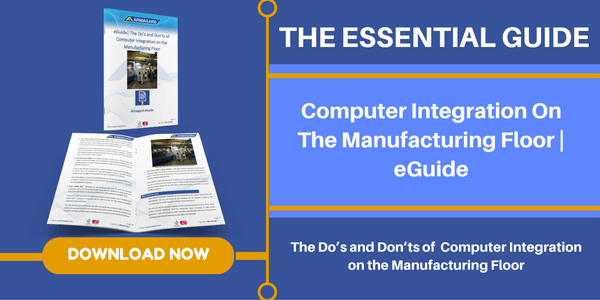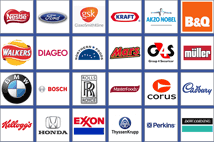Industrial Computing | 3 ways it Fails Industrial Facilities & How to Fix it
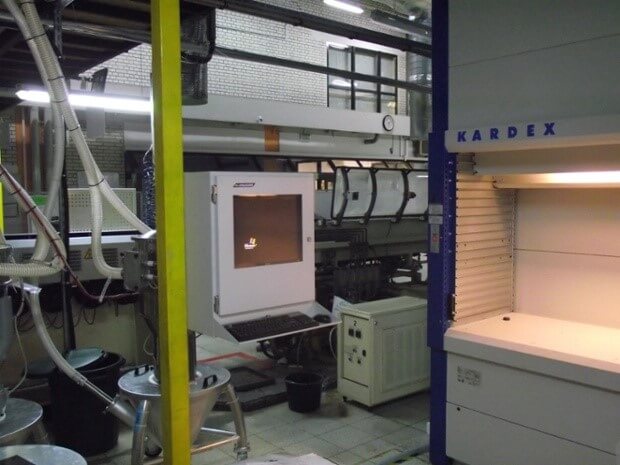
Industrial computing is the cornerstone of industry 4.0, the pillar that has led to the emergence of the ‘smart factory.’ However, striving for automation has not been without its challenges. For some industrial facilities, transitioning from manual processes to industrial computing has been an epic failure… Here’s why...
1. Issues with reliability
Industrial computing takes many forms. For some industrial facilities, it’s investment in $500,000 ‘super computers’. For others, integrating PC towers, screens and printers constitutes an industrial computing system.
Whatever the method of automation, computers are susceptible to a number of damage threats associated with industrial environments. Heat, cold, dust, liquids and even factory floor personnel have the potential to cause a computer malfunction, resulting in unscheduled downtime.
You don’t have to do too much research to discover that computer downtime across the industrial sector is still something that the industry struggles with. It’s costing industrial facilities, as a worldwide collective, hundreds of millions every year.
The challenge for industrial facilities has been keeping computers operational in unforgiving environments to stave off reliability issues. Unfortunately, when a computer fails, the problems extend far beyond downtime.
With the production line at a standstill, the financial and reputational ramifications are enormous. Staff are left idling around, but still have to be paid, while delays to projects result in backlogs likely to lead to delayed delivery times, disgruntled customers and loss of market share, plus irreparable damage to your reputation.
For facilities heavily reliant on computer-controlled systems, reliability issues with their computers will be hurting business productivity and the bottom line. That’s difficult to stomach, especially since the very system that was brought in to improve reliability and productivity, actually creates additional problems.
2. Inflexible systems
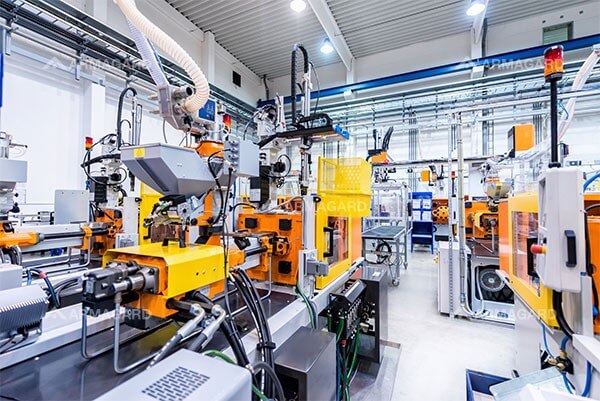
Predominantly, industrial computing systems tend to be ‘all in one computers’ with screens and other peripherals built in, i.e. a touchpad for cursor control. They are convenient, but when they go wrong they leave industrial facilities with a heap of problems.
Aside from the inconvenience of an idle production line, such systems are so intricately built that only the manufacturer can repair or replace them. Ultimately, installing such systems means that maintenance is out of your control.
You can’t just swap it out or attempt to fix it, which leaves you at the mercy of an engineer. It could be days or even weeks before an engineer can come out, and even then there’s no guarantee it can be fixed onsite. All this, means a whole load of hassle at your expense!
As a side note to inflexibility, the opposite extreme is the pace at which industrial computing technology evolves, which means that if you want the latest systems you can expect to be paying out every 12 months to two years for an upgrade.
3. Total cost of ownership (TCO)
Direct costs for industrial computing systems vary. As alluded to earlier, some industrial facilities spend upwards of $500,000 on computer-controlled systems. However, it’s the indirect costs of maintaining an industrial computing system that gets expensive.
Those investing in all in one systems are led to believe that the long-term costs are minimal. This isn’t always the case. For instance, many of these systems require ongoing software upgrades, which usually involve a fee as that’s how the original manufacturer continues to generate revenue from the system you’ve purchased.
Equally, no one can predict computer malfunctions. Therefore, maintenance costs could occur at any time and many industrial facilities won’t have factored in these costs because they will assume a system is still under warranty, for instance. With that in mind, industrial computing is failing industrial facilities because it can turn out to be more costly than first envisaged. In some instances, this means some industrial operations may struggle to see a return on investment.
Industrial computer enclosures | Fixing the challenges of industrial computing
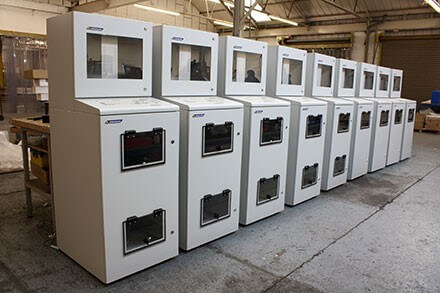
As an alternative to all in one computer systems, industrial computer enclosures counteract the challenges associated with industrial computing. How? From a practical perspective, they’re a much more flexible option because they allow industrial facilities to integrate a computer workstation on the shop floor, but as independent components.
For example:
- A PC monitor or screen
- A desktop PC tower or thin client system
- Keyboards
- Printers
Collectively, they work as an industrial computing system, but operate independently of each other. The benefit of this, when compared with an all in one system, is that if one of these components fails, it can be quickly swapped out and replaced, without leaving you at the mercy of an engineer.
Industrial computer enclosures provide the same level of protection as ruggedized computers and meet IP and NEMA specifications. They’re specifically designed to reduce the damage threats posed by industrial environments. As a result, they improve computer reliability while reducing the risk of downtime and its knock on effects.
The direct cost of a computer enclosure is considerably lower than a dedicated industrial PC, but not only that, the indirect costs are minimal too. Enclosures are extremely low-maintenance and being able to use computer equipment that you’re familiar with eliminates the need to call out an engineer. That’s one expense you can cross off the list.
Equally, the cost of upgrading your computer technology is significantly reduced. As opposed to having to upgrade an entire all in one system, you can upgrade individual items at your convenience, without having to replace the enclosure.
Enclosures have an extensive life-cycle too, protecting computer systems to give industrial facilities stability, while improving productivity and cutting costs. From a total cost of ownership perspective, purchase of an enclosure is a viable option.

